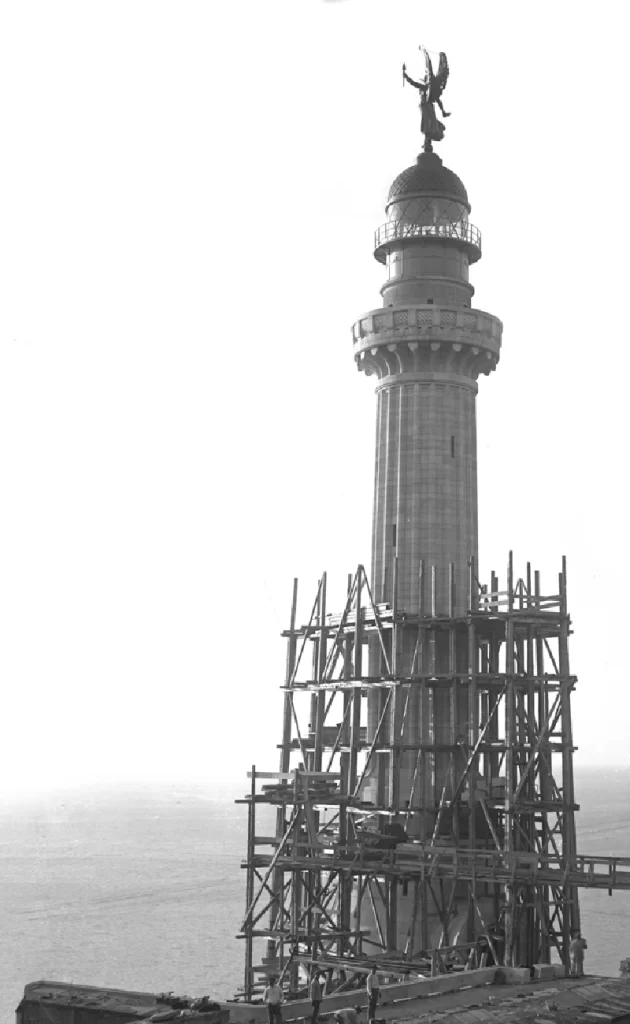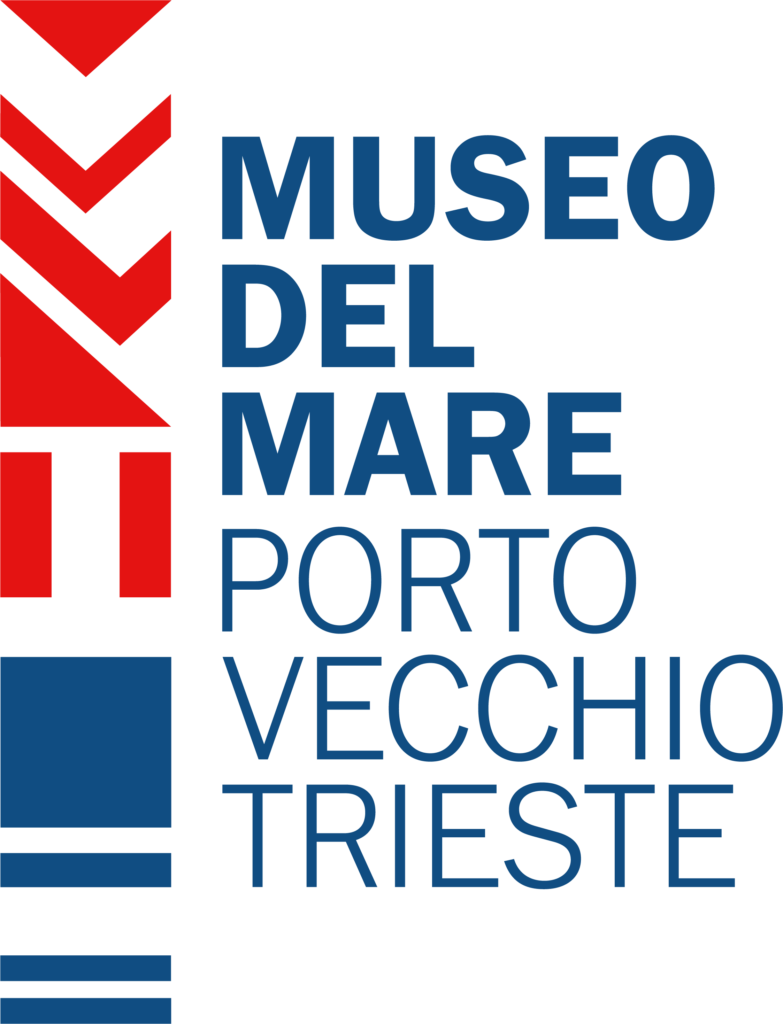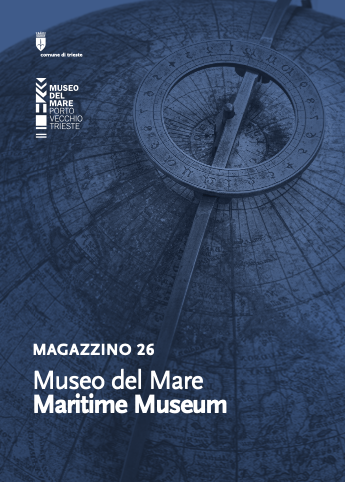Lights and lighthouses
Although the stars are useful for orientation at night, the coast and other ships are not always visible. Growth of maritime traffic made it necessary to equip boats with lights to indicate their position, and to install lighthouses and lanterns along the coasts. Over time these often became monuments symbolising certain cities.
The first light signals were simple fires lit on beaches and hills. The first known lighthouse was in Alexandria, in Egypt, built on the island of Faro between 300 and 280 BC. The Romans spread these constructions throughout the Mediterranean and beyond. Technological advances in subsequent centuries brought continuous progress.

The Victory Lighthouse in Trieste replaced an earlier one. It was built to commemorate those who died at sea in the First World War and to celebrate Trieste’s passage to the Kingdom of Italy. Inaugurated in 1927, it was designed by the architect Arduino Berlam and features sculptures by Giovanni Meyer.
A ship’s lanterns can be used both to signal its position and course and for fishing, like the light coming from Pelagosa (Vela Palagruža).
Keeping on course
Navigation has absorbed and stimulated all manner of technical innovations, becoming an increasingly complex affair over time.
Compasses became increasingly precise in the 19th century. The ship’s compass was positioned in front of the steering wheel to allow constant monitoring of the ship’s course. The binnacle housed and protected the compass, and the lamp was needed for a clear view of the dial.
However, magnetic compasses are influenced by disturbances of magnetic fields, ferrous loads and the variability of the earth’s magnetic field. Additional devices such as the master gyro compass and deviation tables were therefore needed to estimate the deviation of the needle position from magnetic north.
The advent of steam propulsion made it necessary to communicate with the engine room by telegraph. The engine telegraph was located both on the bridge and in the engine room. When operated on the bridge by order of the officer of the watch, an indicator in the engine room also moved, signalling the request for a change of speed.
Danae e Sphinx
The Danae
The Napoleonic era saw France and other European countries confronting each other on land and at sea, and Trieste, the main port of the Austrian Empire, was inevitably involved. French troops occupied the city three times, the last occasion being from 1809 to 1813.
The frigate Danae, a veteran of the Battle of Lissa won by the British in 1811, was based in Trieste with the task of escorting French merchant ships and carrying supplies.
This ship was involved in an episode that attracted great attention at the time: in the night of 4/5 September 1812 it was destroyed by an explosion while docked at the San Carlo Pier, now the Audace Pier, in front of Piazza dell’Unità. The explosion was so violent that all crew members on board died, fragments of the ship were hurled great distances and the windows of most seafront buildings were shattered. Whether the accident was fortuitous or due to anti-French sabotage is still uncertain, though popular rumours told of a betrayed lover and revenge.
A number of the Danae’s remains still exist, including the head of her figurehead, which still bears traces of its original colouring.
The Sfinge
Ships are rarely at rest, being put to different uses depending on their characteristics and the times. As military vessels in peaceful times sometimes find service in transport and trade, so may a quiet postal brigantine find different work in wartime.
The schooner Sfinge was built in Venice and used initially as a mail boat on the Trieste-Patras crossing. In 1848, during the First Italian War of Independence, the crew was completely replaced with sailors loyal to Austria. The ship was renamed Sfinx, also documented as Sphinx, and subsequently participated in the Austrian naval blockade of Venice, where the Republic of San Marco was established. After the city’s fall and the end of revolutionary upheavals, the ship was reassigned to the postal service for Valona and Corfu. She was later used to transport coal before being scrapped in 1860.


